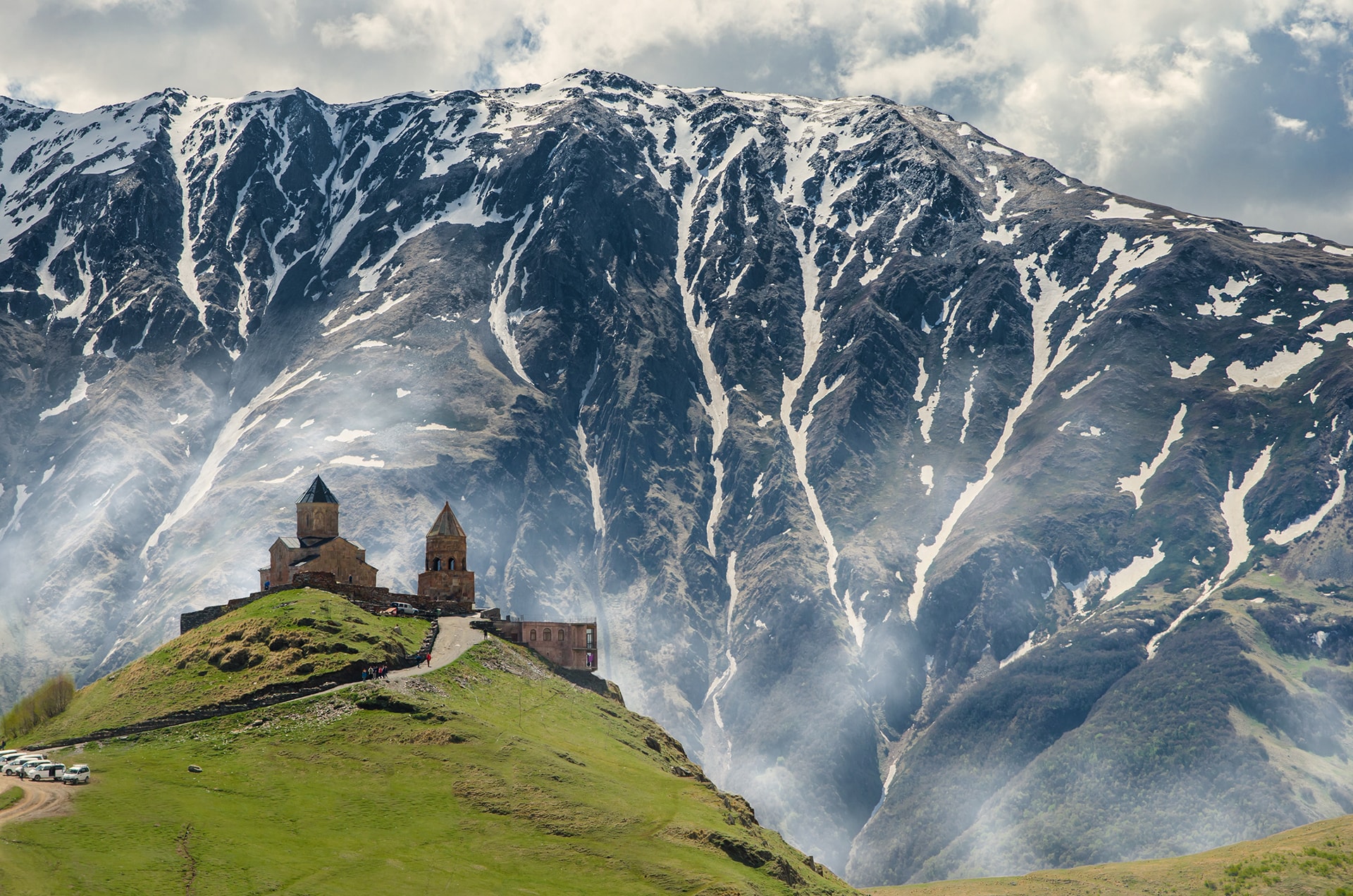May 26 marks the independence of Georgia, which until 1991 lived under the communist umbrella of the former Soviet Union.
The country is small and lies to the south of Russia and the Caucasus, which is why, together with Armenia and Azerbaijan, they are known as the South Caucasus countries.
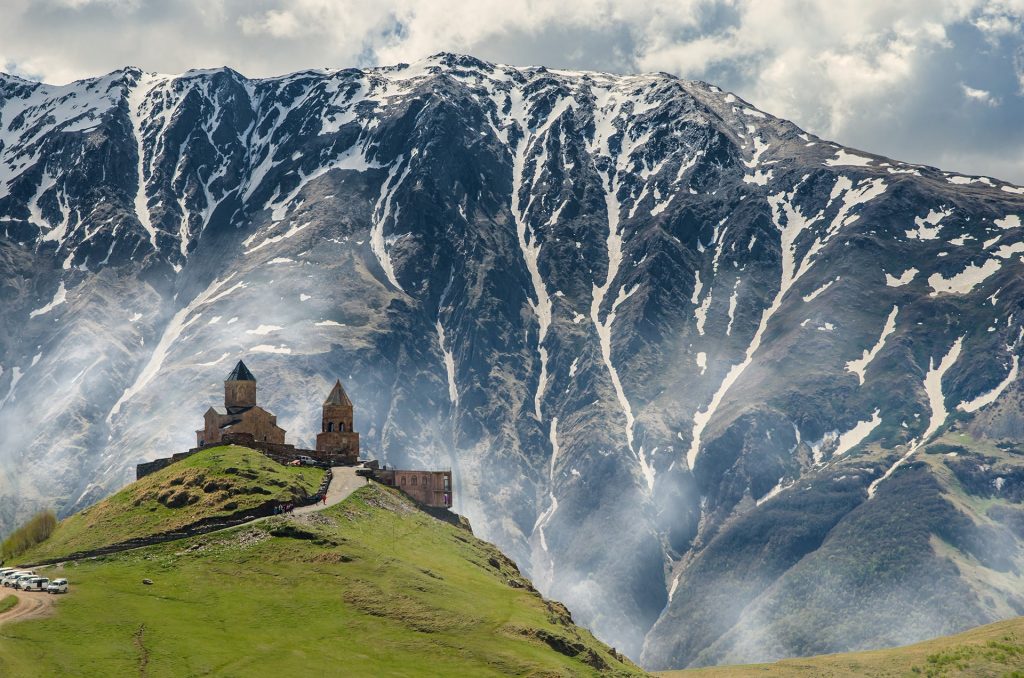
Georgia is on the Silk Road (Uplistsikhe) and throughout its history has been occupied by various peoples. Its identity was formed from the assimilation of numerous cultures and traditions. The country's history dates back to one of the oldest civilizations in the world outside Africa. Today Georgia has a Christian Orthodox majority, its own interesting language (the Georgean language museum is worth a visit) and Tblisi is its capital.
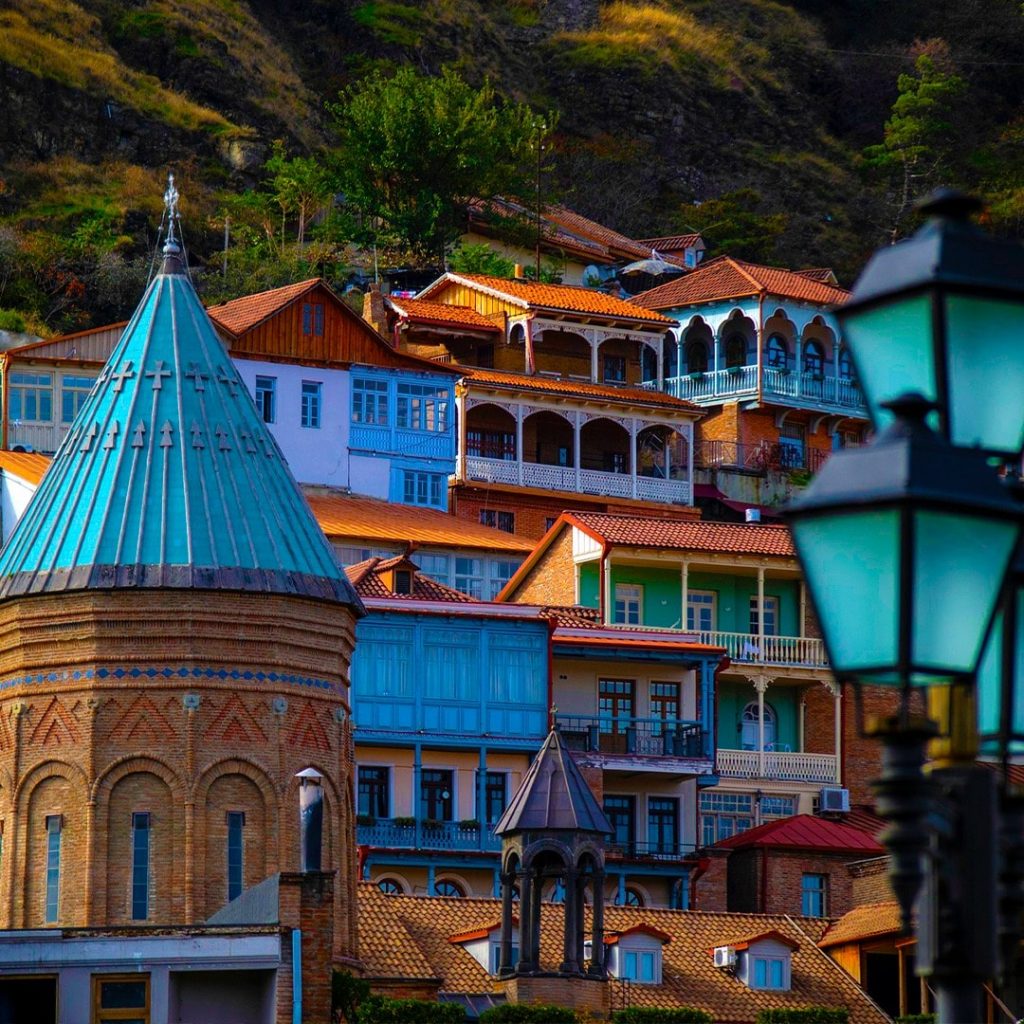
Famous for its hospitality and incredible landscapes that enchant lovers of nature and trekking, Georgia also stands out when it comes to food and wine.
Local legend has it that God dropped pieces of food in this region of the Caucasus, making the Georgian soil blessed. With a wide variety of meats, vegetables, nuts and aromatic herbs, there are many typical Georgian dishes such as Khachapuri (a typical baked bread with a cheese-filled edge that can be eaten with egg, mushrooms or meat) - in the words of Pedro Andrade, a delicious mixture of bread, qualhada, fondi and egg in the center. Also not to be missed are the Khimkalis, the famous Georgian dumplings, made with a thin, twisted and cooked dough, stuffed with beef, lamb or pork, or with mushrooms or cheese. It's important to know that khimkalis should be eaten with your hands and the top of the pastry, called kudi, should be left on your plate so that you know how many khimkalis you've eaten.
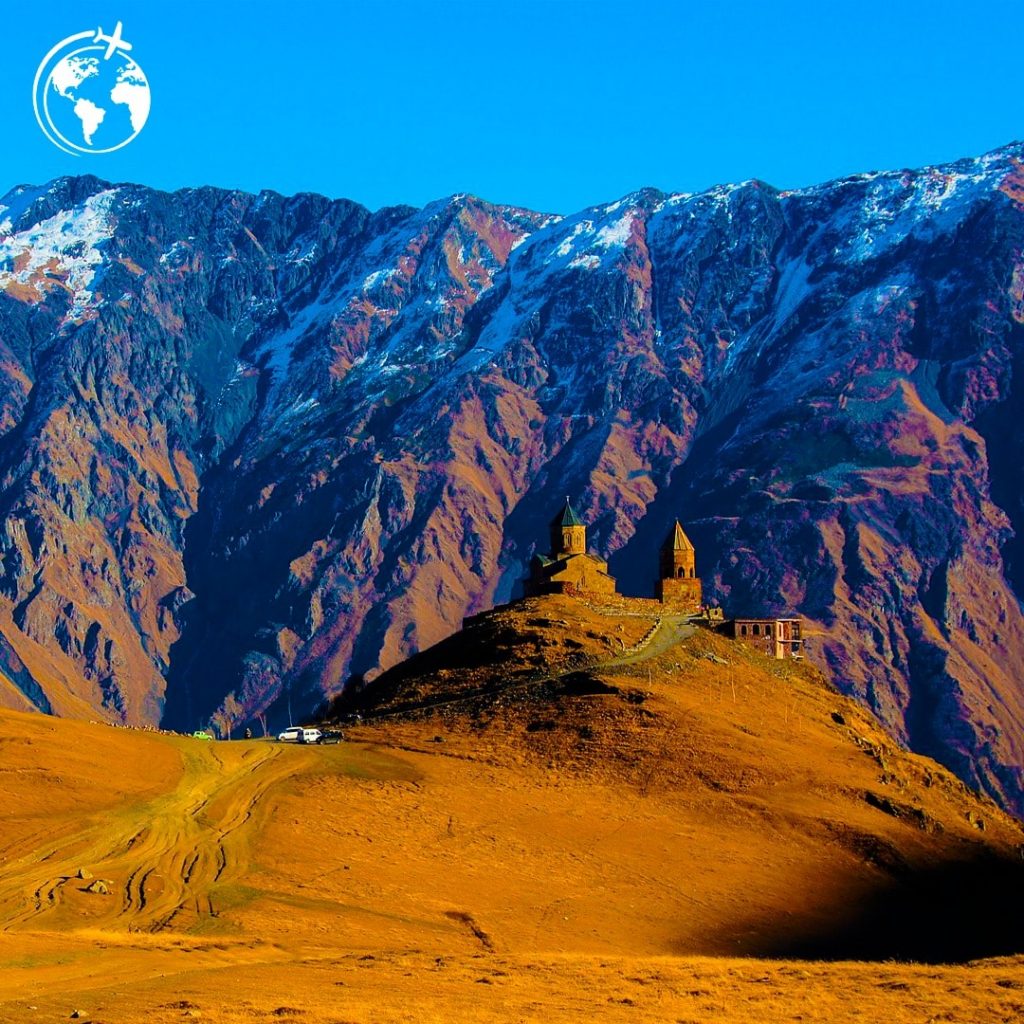
Georgian wines, with 8,000 years of history, are an attraction in themselves. In its small territory (the country is about the size of Switzerland), Georgia has more than 500 varieties of indigenous grape varieties and in many wineries fermentation and ageing still takes place in amphorae (qvevri) which are buried up to the "neck" and sealed with clay and/or mud. The most traditional wine region is Kakheti, in the east of the country. The main producers include Schuchmann and Tsinandali Estate in Kakheti. More traditional are Orgo and Lagvinari, which make handcrafted Georgian wines with smaller production but still using the traditional technique.
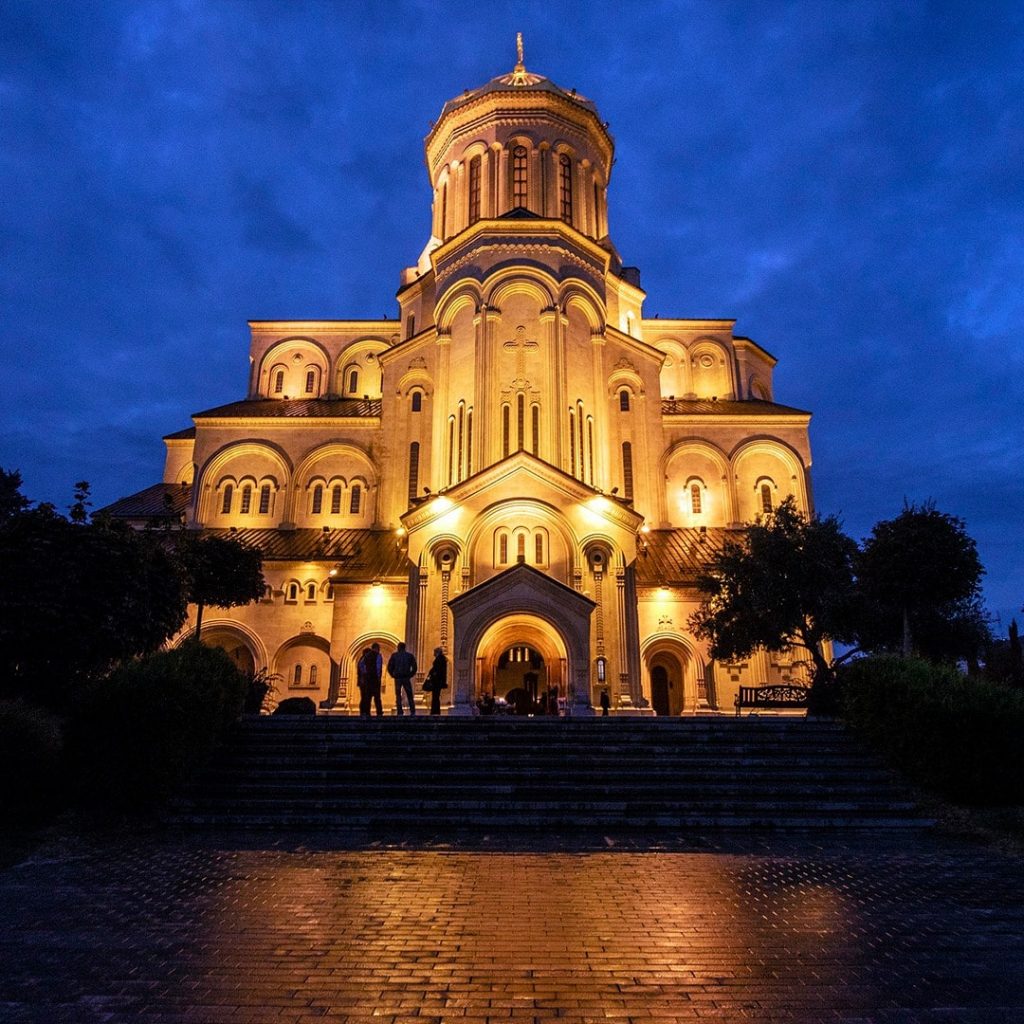
Tbilisi is the country's capital and largest city. The city combines modernity and tradition, with modern and bold buildings perfectly integrated into the historic city, its 4th century fort, its 6th century churches (where masses are still celebrated) and its typical houses with charming trellises and stained glass windows. In Tbilisi you'll find great restaurants with international and local cuisine, such as Shavi Lomi, and the nightlife with famous DJs is attracting more and more attention from young people who call the city the new Berlin.
In addition to Tbilisi, Gori (Stalin's birthplace), Kutaisi (a charming medieval village), Vardzia Cave Town (the Golden Age of George and Queen Tamara - 11th to 13th centuries), the beautiful Gergeti Cathedral in Karzberg, the Monastery in Signaghi (Saint Nino - who brought Christianity to the country) and Tsinandali (home to the Palace of the Aristocracy before the Soviet invasion) are some of the must-see historical and cultural attractions in Georgia.
Since the collapse of the USSR, Georgia has been in a hurry to show the world its identity, culture and traditions. The aim is to recover its history, which for many years was suppressed by Russian communism, and present itself to the world as the cradle of the civilization of wine and culture.
Today, May 26, we celebrate and congratulate independent, authentic, hospitable Georgia, proud of its culture and traditions, which deserves to be visited, explored, known and tasted!

